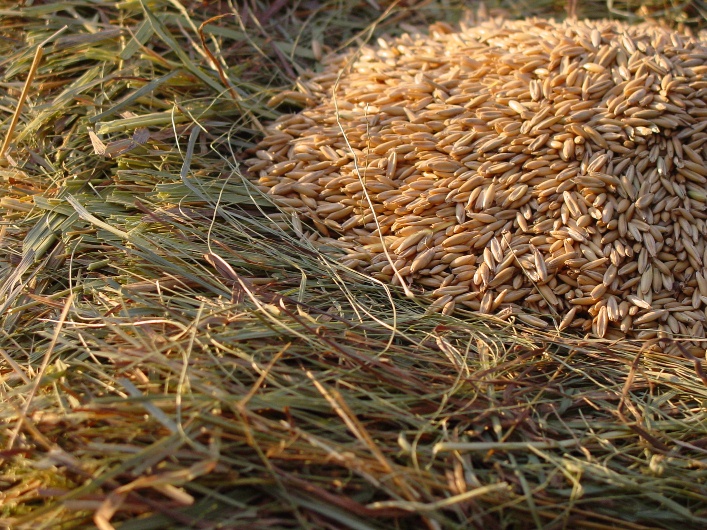Changing Hay Sources for Horses

As a horse owner, I have moved quite a few horses around and recently moved my gelding to a new boarding facility, so thought this would be a good opportunity to share one aspect of my experience.
The Problem With Quick Hay Transitions
To help maintain as much consistency in his routine as possible, I made sure that I had 2 weeks’ worth of hay to take with me to help keep his diet consistent throughout the move and to allow for a gradual transition to the new hay.
When I told the barn managers at the new facility that I was bringing a few bales of hay over, they seemed a little surprised at this and told me not to worry about it, because they had really high quality hay. I asked them if they would recommend a sudden change in a horse’s grain ration, and immediately they said of course not, due to colic risk. I replied, “Then why would you switch their hay cold turkey, when it makes up 60-70% of the horses diet?” and watched their expressions as they realized the point I was making.
The Importance of Gradually Transitioning Hay Sources
As a result, along with keeping his grain ration and meal times consistent with the previous routine, a gradual transition from the previous hay to the new hay was done over a 2 week period. For the first couple of days he received his “old” hay only, and over time we incrementally replaced a small portion of his “old hay” with the “new hay” so that at 2 weeks post-move, he was completely switched over without any problems or decline in performance.
As horse owners, it is important to keep in mind that ANY sudden changes in diet, including fresh pasture and hay, can disrupt the environment in the gut where communities of microbes reside. Consequently, this disruption in the microbial population and digestive process can put the horse at risk for GI upsets (e.g. excessive gas production, colic, diarrhea, discomfort, etc.). The energy and nutrient content in hay can vary drastically depending on the plant species, geography, soil conditions, plant maturity at harvest, climate conditions, baling and storage methods, etc. Even hay that comes out of the same field from consecutive cuttings can have large differences in quality and nutrient content that should be considered.
It takes approximately 3 weeks for the microbes in a horses gut to adapt to dietary changes, thus making slow, gradual transitions over a 2-3 week period important to help prevent GI upset. When it isn’t possible to make a full two week transition, then allow for as much of a gradual transition as possible even if is only over 2-3 days. Providing dietary pre- and probiotics can also help support gut microbes through dietary changes especially if they are rapid.
